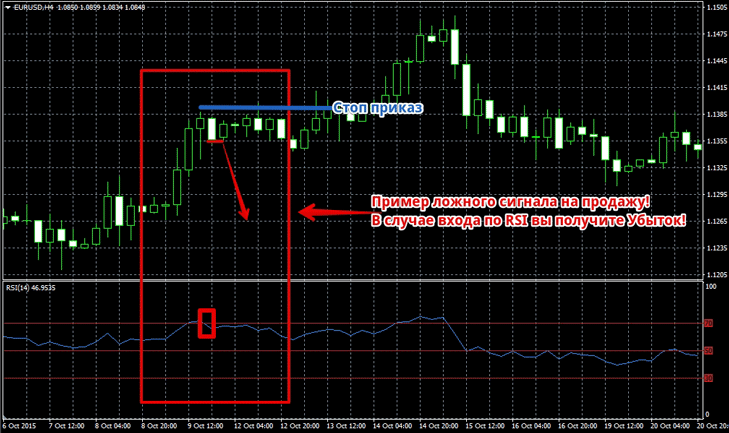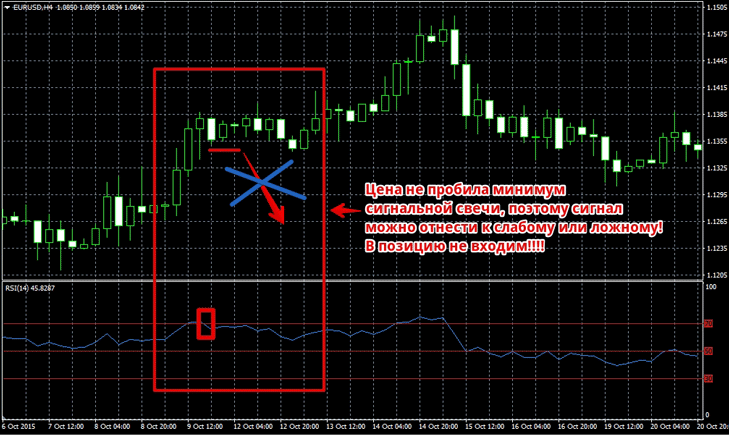Order flow. Universal false signal filter
Order flow is a truly powerful tool that allows most traders to see right through the market.
allows most traders to see right through the market.
The ability to recognize a major player and the volume of his order, understanding who is really attacking the market, namely bulls or bears, always allows you to get a general understanding of the future direction of price movement.
However, as with trading any instrument, false signals always arise that must be properly filtered out. In the Forex market as such, you will not be able to see the order flow, with the exception of information shared by the dealing centers themselves, but the topic of a universal filter for cutting off false signals is relevant, no matter what style of trading you do.
Each trader, at the moment of receiving a signal according to his own trading strategy, has two options for entering a position, namely, entering at the current price of the asset or waiting for the candle to close, and only after that entering the position.
If we enter a position at the current price, then, as a rule, the market is prone to sudden changes, and the strategy signal can easily be canceled by a sudden price jump in the opposite direction. Therefore, as a rule, the principle of entering a position based on a closed candle is increasingly being used.
However, this principle is also quite aggressive, so I would like to introduce you to more conservative inputs that will allow you to cut out many false signals.
Signal bar breakout
Unlike the aggressive classic entry using a closed candle, opening a position on a breakout of a signal bar is more conservative. Its essence lies in the fact that entry into a position occurs not by a closed bar, but by breaking through the high or low of the signal candle.
To summarize, when a buy signal occurs, the position is entered when the price breaks through the high of the signal candle, and when a sell signal occurs, when the price breaks through the low of the signal candle.
You may say that the entry is late, but this method allows you to cut off many false signals. As an example, I propose to consider a typical false signal from the RSI indicator and simulate the situation if you entered a position based on a closed candle. Look at the example in the image:
 The example clearly shows that if you entered a position at a closed bar or at the current price at the time the signal was received, you would be 100% thrown out of the market by a stop order and you would receive losses. Now let’s look at the same signal in the event of entering a breakout of the low of the signal candle:
The example clearly shows that if you entered a position at a closed bar or at the current price at the time the signal was received, you would be 100% thrown out of the market by a stop order and you would receive losses. Now let’s look at the same signal in the event of entering a breakout of the low of the signal candle:
 The image clearly shows that if we entered the position on the breakdown of the signal candle, then the signal should have been ignored, since the price never broke through the low of this candle. There is also an even more conservative method of entering a position, which is called “Second Candle Confirmation”.
The image clearly shows that if we entered the position on the breakdown of the signal candle, then the signal should have been ignored, since the price never broke through the low of this candle. There is also an even more conservative method of entering a position, which is called “Second Candle Confirmation”.
Unlike the previous considered option, to enter a buy or sell position, in addition to breaking the minimum or maximum of the signal candle, you must wait until the second candle closes. If the price has broken through the low of the signal candle and the second candle closes below this low, then you can safely enter a sell position.
To filter a buy signal, the price must break the high of the signal candle, and the next candle must close above this high. However, this filter is relevant only for traders who use trend-following strategies and hold their positions for a long time.
Using this filter, you find only strong signals, but at the same time you lose at least the size of one candle in points, so this method is not relevant for scalping and pipsing tactics.
Conclusion
In general, the proposed options for entering a deal are relevant not only for trading using order flow, but also for any trading strategy. It is worth noting that many traders add various candlestick patterns as a filter. So, for example, if a buy signal occurs during a bearish pin bar, this signal should be ignored.
If a sell signal appears on a bullish pin bar, it should also be cut off. In general, there are many different options for creating a filter against a false signal according to your trading strategy , and as you can see in the example, this does not necessarily have to be some kind of indicator, but rather a simple pattern of price movement.
